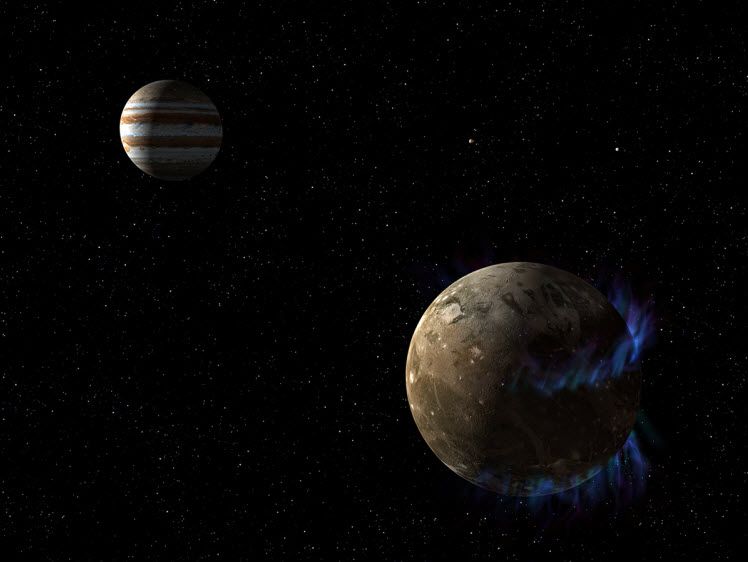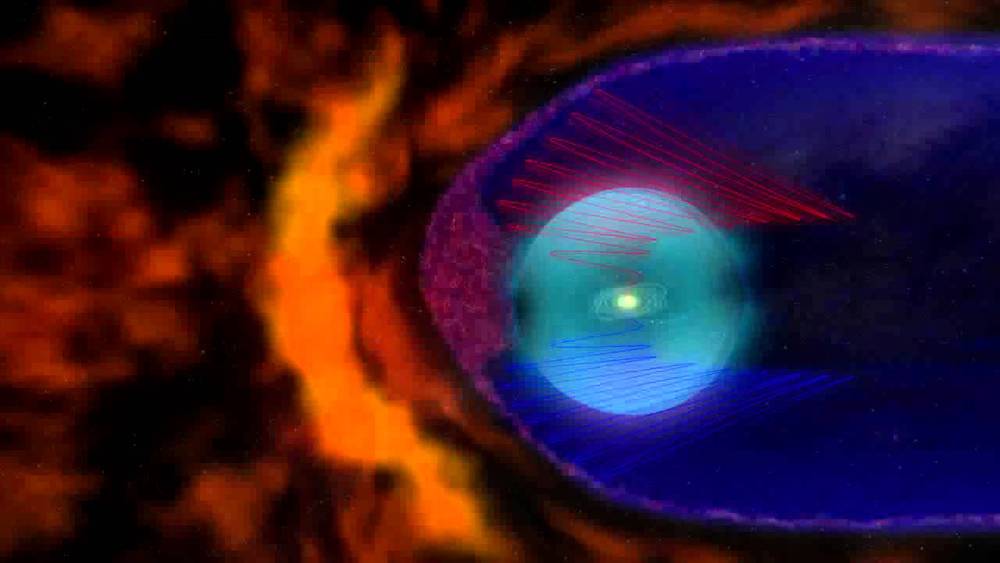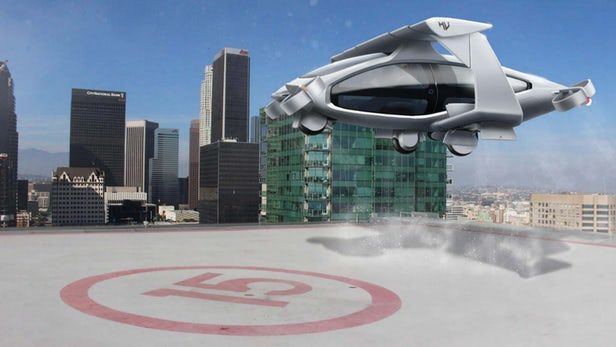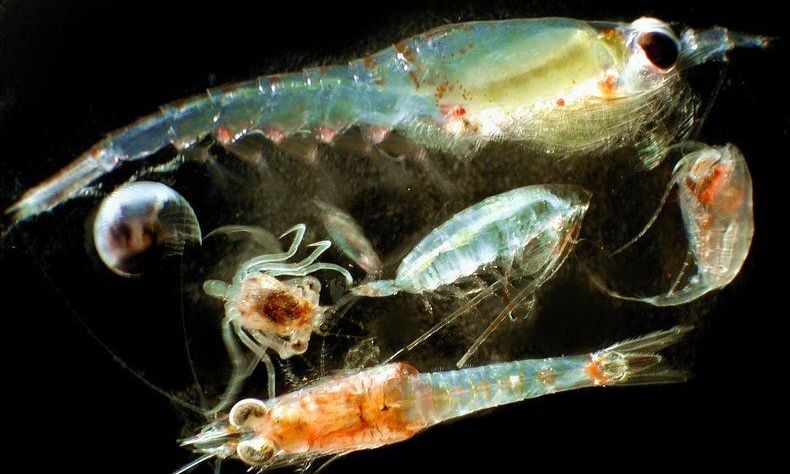Page 9066
Mar 3, 2019
Get paid for your data? California governor wants tech companies to show you the money
Posted by Quinn Sena in category: economics
Gov. Gavin Newsom is considering a bill that would compensate users for their data, but critics warn it could be complicated.
Mar 3, 2019
Animated map of what Earth would look like if all the ice melted
Posted by Quinn Sena in category: futurism
Mar 3, 2019
Australian startup plans a proper long-range, road-drivable VTOL flying car
Posted by Quinn Sena in category: transportation
Another flying car company is preparing to join the race to the skies, as Australia’s Macchina Volantis gears up to build a prototype of its road-drivable 5-seat electric aircraft. With VTOL capability, winged flight mode and a diesel range extender, this thing promises to fly at three times highway speed and offer some serious range.
Mar 3, 2019
The Ocean Is Running Out of Breath, Scientists Warn
Posted by Quinn Sena in categories: climatology, sustainability
Widespread and sometimes drastic marine oxygen declines are stressing sensitive species—a trend that will continue with climate change.
- By Laura Poppick on February 25, 2019
Mar 3, 2019
With Every Breath You Take, Thank the Ocean
Posted by Quinn Sena in categories: energy, food, sustainability

When was the last time you thought about your breathing? Take a breath right now and think about it. You breathe because you need oxygen, a gas which makes up 21 percent of the Earth’s atmosphere. All that oxygen has to come from somewhere. You might already know that it comes from photosynthetic organisms like plants. But did you know that most of the oxygen you breathe comes from organisms in the ocean?
That’s right—more than half of the oxygen you breathe comes from marine photosynthesizers, like phytoplankton and seaweed. Both use carbon dioxide, water and energy from the sun to make food for themselves, releasing oxygen in the process. In other words, they photosynthesize. And they do it in the ocean.
Continue reading “With Every Breath You Take, Thank the Ocean” »
Mar 3, 2019
Vast underground ocean discovered on Jupiter’s largest moon
Posted by Quinn Sena in category: space
Circa 2015

NASA’s Hubble Space Telescope has the best evidence yet for an underground saltwater ocean on Ganymede, Jupiter’s largest moon. The subterranean ocean is thought to have more water than all the water on Earth’s surface.
Continue reading “Vast underground ocean discovered on Jupiter’s largest moon” »
Mar 3, 2019
What our civilization needs is a billion-year plan
Posted by Quinn Sena in categories: government, policy, solar power, space, sustainability

Circa 2012
Enlarge | + 
Continue reading “What our civilization needs is a billion-year plan” »
Mar 3, 2019
Bacteria in frog skin may help fight fungal infections in humans
Posted by Quinn Sena in categories: biotech/medical, evolution, existential risks
In the past few decades, a lethal disease has decimated populations of frogs and other amphibians worldwide, even driving some species to extinction. Yet other amphibians resisted the epidemic. Based on previous research, scientists at the INDICASAT AIP, Smithsonian and collaborating institutions knew that skin bacteria could be protecting the animals by producing fungi-fighting compounds. However, this time they decided to explore these as potential novel antifungal sources for the benefit of humans and amphibians.
“Amphibians inhabit humid places favoring the growth of fungi, coexisting with these and other microorganisms in their environment, some of which can be pathogenic,” said Smithsonian scientist Roberto Ibáñez, one of the authors of the study published in Scientific Reports. “As a result of evolution, amphibians are expected to possess chemical compounds that can inhibit the growth of pathogenic bacteria and fungi.”
The team first travelled to the Chiriquí highlands in Panama, where the chytrid fungus, responsible for the disease chytridiomycosis, has severely affected amphibian populations. They collected samples from seven frog species to find out what kind of skin bacteria they harbored.
Continue reading “Bacteria in frog skin may help fight fungal infections in humans” »
Mar 3, 2019
Doomsday Clock Is Staying at Two Minutes to Midnight This Year
Posted by Quinn Sena in categories: climatology, existential risks, military, sustainability
According to the Bulletin, we’ve done nothing in the past year to make the situation any less precarious — humanity still faces not one, but two “existential threats” in the form of nuclear weapons and climate change.
While the clock remains set at 11:58, the potential of either threat to destroy humanity has increased over the past 12 months, according to the Bulletin’s 2019 statement. We must do something to alter our path.
“Though unchanged from 2018, this setting should be taken not as a sign of stability but as a stark warning to leaders and citizens around the world,” the scientists wrote. “The current international security situation — what we call the ‘new abnormal’ — has extended over two years now… Th e longer world leaders and citizens carelessly inhabit this new and abnormal reality, the more likely the world is to experience catastrophe of historic proportions.”















